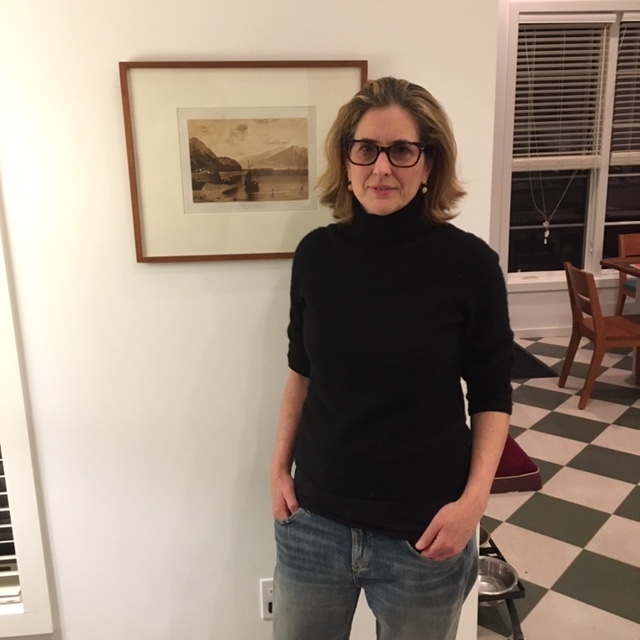U.S. News
Photo Illusstration by Sarah Rogers/The Daily Beast/Photos Getty
New York City’s 2018 Flu Was a Near-Death Experience for Its Medical System
WARNING BELL
“When we asked, ‘How much worse could it have been before you couldn’t handle it?’ it was very clear that there wasn’t much left in the system.”

Trending Now





